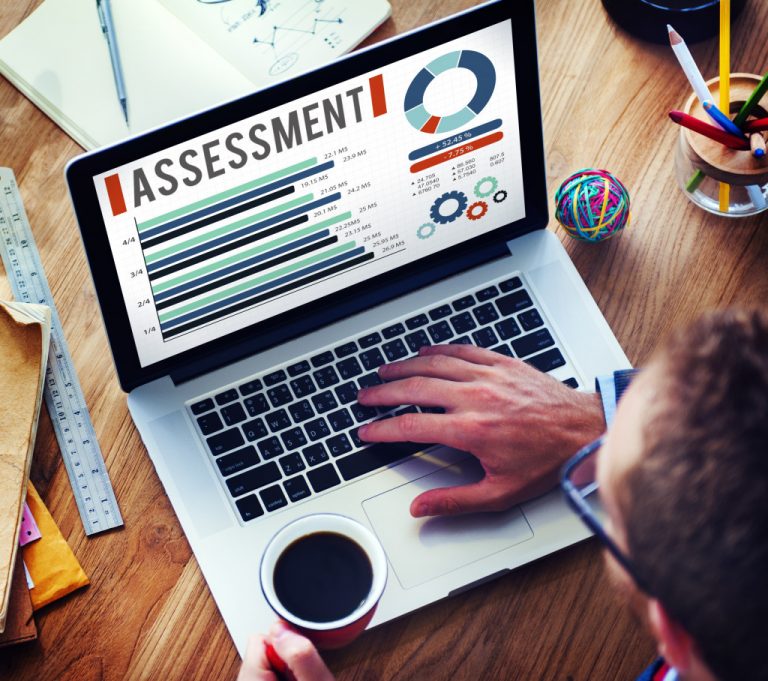In today’s business world, most companies are obsessed with expansion and growth opportunities, making the most out of the recovering US economy and riding crypto-based trends with NFTs and metaverse marketing. That being the case, it seems the theme for 2022 is geared towards more aggressive operations and increasing risk appetite, a strategy hardly seen in the two years prior, given the level of uncertainty and volatility that plagued the markets.
Keeping Workplaces Safe
However, with more people moving away from the work-from-home system and taking up office space again, it’s becoming increasingly evident that businesses need to invest and allocate more resources into updating workplace safety for contemporary functions. And while it may seem easy enough to accomplish on paper, there’s more than what meets the eye when accounting for safety, security, and health, especially if you go about things haphazardly and without an occupational risk assessment.
What Benefits Does Occupational Risk Assessment Provide?
As the name suggests, an occupational risk assessment is an evaluation tool used for identifying, estimating, and mitigating exposure to risks and hazards in the workplace. That way, businesses can create a more productive work environment. And through this method, businesses can gain new insights into the relative safety of their work floor by identifying the most prominent hazards, determining the associated urgency and necessity, and selecting the appropriate equipment for ergonomic capacities:
-
Identify Hazards in the Workplace:
While some of the more common accidents like falls, trips, and slips are easy enough to trace back to their causes, a comprehensive evaluation tool will identify some of the more harder-to-notice. For example, older storage equipment can expose key inventory personnel to the risk of falling objects, and faulty wiring increases the likelihood of short circuits leading to a fire. As a result, it helps employers cover all the bases and leave no stone unturned.
-
Determine Priorities for Reducing Risks:
Apart from identifying what risks are present in the workplace, the same evaluation tool helps determine which risks and hazards to deal with first according to descending priority. Often, business owners end up with a laundry list of problems they have to cycle through, and most don’t know which ones to resolve first or what solutions can provide compounding benefits. But, with the help of systematic procedures and preemptive planning, occupational risk assessment can create an easy-to-follow roadmap for success.
-
Selecting Ergonomic Workstation Equipment:
Last but not least, evaluating occupational risks and hazards also helps select the most ergonomic workstation equipment for your teams. You see, workplace productivity directly ties into the physical well-being of your employees, and if the equipment used places unnecessary strain, this can lead to cumulative consequences. However, with the help of the assessment tool, you know what and where automation works best and which areas of the business can benefit from AI upgrades.

Using a Three-Point Risk-Level Evaluation
Now that we understand some of the expected benefits provided by the function of an occupational risk assessment tool, we should also look at its most common application in the workplace by using a three-point risk-level evaluation. Specifically, the guided questionnaire you must follow includes highlighting the most prevalent risks in the work environment, gauging the likelihood of the danger or risk occurring, and the severity or extent of damages:
-
What Are the Prevalent Risks?
Risks come in many shapes and forms. These risks can depend on various factors, ranging from the location of the workplace, the type of protective equipment worn, the duration of the tasks, and some of the legal regulations. These aspects should be accounted for when highlighting the prevalent risks in the work environment to consider all the possible scenarios.
-
What Is the Likelihood of Accident?
After identifying what risks and hazards exist, the next step is gauging the likelihood of each accident happening because this will tell us the difference of urgency between each problem. Something implausible and moderately dangerous should never take precedence over an accident that occurs frequently and is relatively impactful. In doing so, you can develop more appropriate models of resolution.
-
What Is the Severity of Consequences?
The final step in the three-point evaluation is concerned with the potential severity of consequences associated with the hazard. Anything that’s highly harmful, like in the form of permanent distress or toxic damage, must prioritize. Likewise, these occupational risks differ from one industry to the next, so the tolerability criteria can change significantly.
In conclusion, the value of workplace safety and health is far greater than most entrepreneurs realize, and while the process of serving legal documents is equally effective, implementing internal control measures to keep things secure is far more accessible. And what better way to guarantee a safe working environment than through a systematic approach and standardized evaluation tool?




